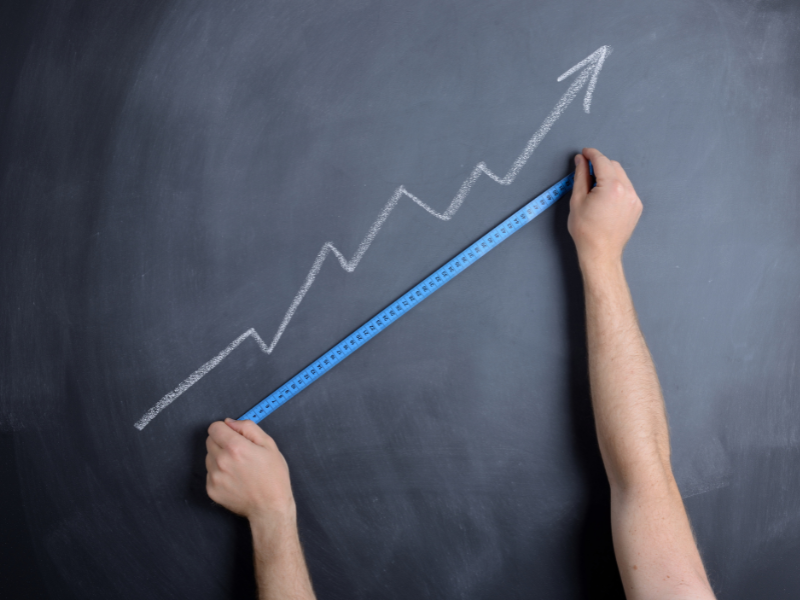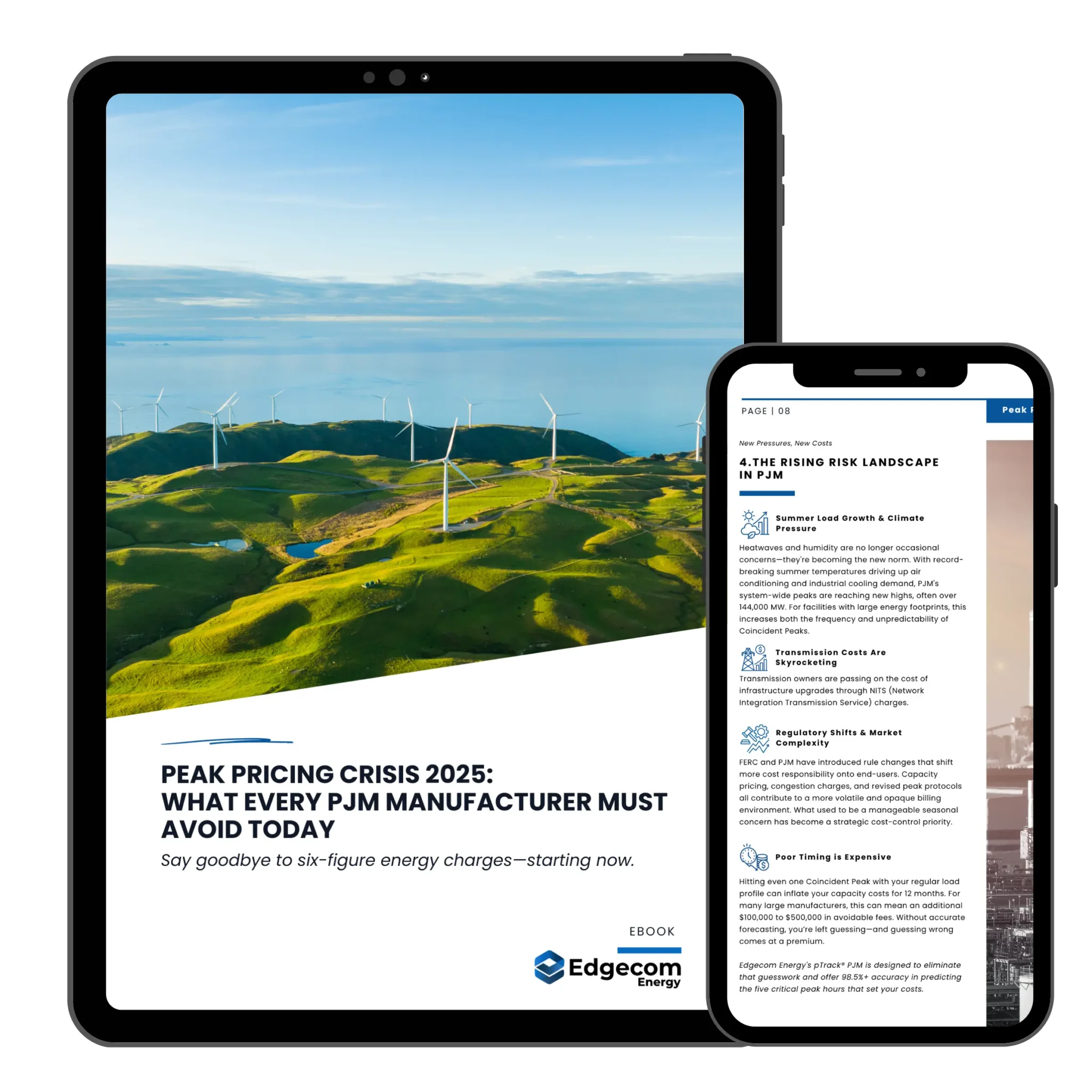Evaluating how your actions affect energy efficiency is essential in this age of data-driven decision-making. The capacity to make well-informed decisions supported by concrete, quantitative, and observable facts is fundamental to effective energy management. If your organization is dedicated to achieving energy efficiency, reducing operating costs, and embracing sustainability, this article is perfect for you. To quantify and comprehend energy savings, we will examine five separate approaches.
1) Energy Meters: Illuminating Your Consumption Landscape
Energy meters are needed to measure your building’s energy usage. They will also indicate the consumption levels before and after the incorporation of the efficient measures. One of the variants, the interval meter analytics go even further by providing a view with finer granularity achieved through an analysis at an hourly or lower interval.
2) IPMVP Protocol: The Foundation for Transparent Energy Assessment
International Performance Measurement and Verification Protocol is one of the important facilities management aspects. It provides a consistent framework to conclude the effectiveness of programs on sustainability and energy efficiency in various scenarios. The IPMVP provided a standardized framework to the facility manager where they can evaluate the proper effectiveness of the energy-saving programs efficiently and effectively. It thus ensures that resources are utilized effectively, as well as adopting environmentally commendable behaviour, by better informing decision-makers with reliable data to make informed choices and allocations for resource future planning.
3) Software Analytics: Transforming Raw Data into Strategic Insights
Modern energy management platforms like Edgecom Energy Platform collect data from sensors, weather forecasts, and building automation systems, and then process it using sophisticated algorithms and machine learning. By analyzing large amounts of data, this program finds connections and patterns in energy usage and efficiency that would otherwise go unnoticed. The software’s comprehensive reports enable firms to make well-informed decisions, optimize energy usage, decrease expenses, and support sustainability initiatives.
4) Life Cycle Cost Analysis: Balancing Immediate and Long-Term Considerations
A useful tool for calculating the total cost of ownership and operation of a building or its systems over their entire useful life is life cycle cost analysis, or LCCA. Taking into account things like startup and ongoing costs, energy efficiency incentives, maintenance and repair costs, and environmental effect, this analysis helps compare different project possibilities. By balancing short-term profits with long-term economic and environmental sustainability, LCCA helps decision-makers choose construction solutions that are good for the environment and their wallets.
5) Remote Monitoring and Control Systems: Real-Time Insights for Proactive Management
Implementing remote monitoring and control systems gives Facility Managers real-time visibility into energy use and system performance. These systems provide proactive management by alerting to abnormalities and enabling fast intervention to avoid energy waste or system failure. Edgecom Energy’s innovative technologies, including dataTrack™, pTrack®, and NeuraCharge, help enterprises manage their energy resources more effectively, leading to increased efficiency.
Effective energy management is what will help achieve energy efficiency, and correct measurement is what will definitely let you make informed decisions that are in line with your objectives of energy saving and sustainability. The methods outlined above, adapted to Edgecom Energy’s solutions, form the basis for measuring and monitoring your energy use. With the data obtained from this monitoring, you can identify areas for improvement, compare procedures, and ultimately choose the option that best suits your situation, guiding your organization toward a more energy-efficient and sustainable future.

